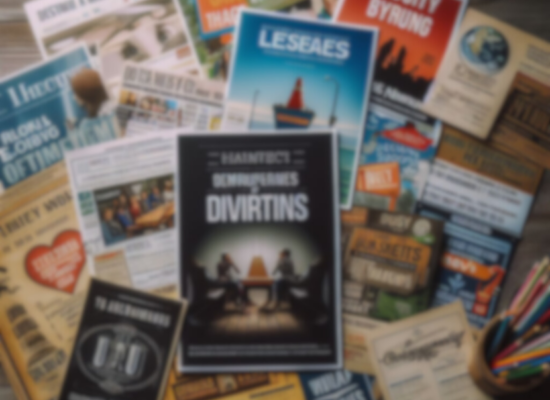Here are some basic types of promotion ideas:
- flash sales
- buy one, get...
- coupons or discounts
- giveaways or free samples
- recurring sales
In theory, having a sale is easy enough for a small business: Take a service or product, discount it, get new customers, bring in more money.
But in practice, sales promotions involve a high level of strategy and psychology that even the biggest brands sometimes get wrong. So, how can a small business promote itself?
More important than the promotion itself is the strategy and planning behind it. Before announcing a sale, small businesses need to consider what type of promotion to offer, when to run it, and why they’re hosting it. Should the offer be a discount or a free gift with purchase? Is it a one-time event or a monthly occurrence? What are the goals of the sale: attracting new customers, introducing new products, moving old inventory?
Here are five sales ideas that can help you decide which type is right for your business.
Flash sale
The chance to save money—but only if you act fast—is one of the oldest tricks in the sales promotion handbook. How many TV commercials have you seen that promised a killer deal on a car or a mattress “this weekend only”?
Now, in a world of promo codes and email blasts, flash sales have taken on new life online—with websites like Groupon and Gilt founded for the purpose of offering time-sensitive deals.
A flash sale can benefit a small business in a few different ways. Thanks to its hype factor, a flash sale gets people talking and attracts new leads. It shortens the sales cycle, inspiring people to buy when they would have otherwise procrastinated. As a result, a flash sale brings in a quick infusion of cash, making it an ideal tool for boosting revenue during a slow time of year.
Flash sales are best offered for a short period of time: A study by Experian Marketing Services found that three-hour sales have the best transaction-to-click rates (59 percent higher than usual). And they’re best promoted by email, with the same study finding that email drives 18 percent of flash sale traffic.
In addition to providing a sense of urgency, a flash sale helps keep promo codes off coupon sites that can create financial and logistical problems for a small business. Promoting a sale via email also helps reward email subscribers, enticing them to stay on the list for other exclusive offers.
But what if customers don’t happen to see the email? Start promoting the flash sale days in advance, and consider offering email subscribers the chance to opt-in for early access and more frequent updates.
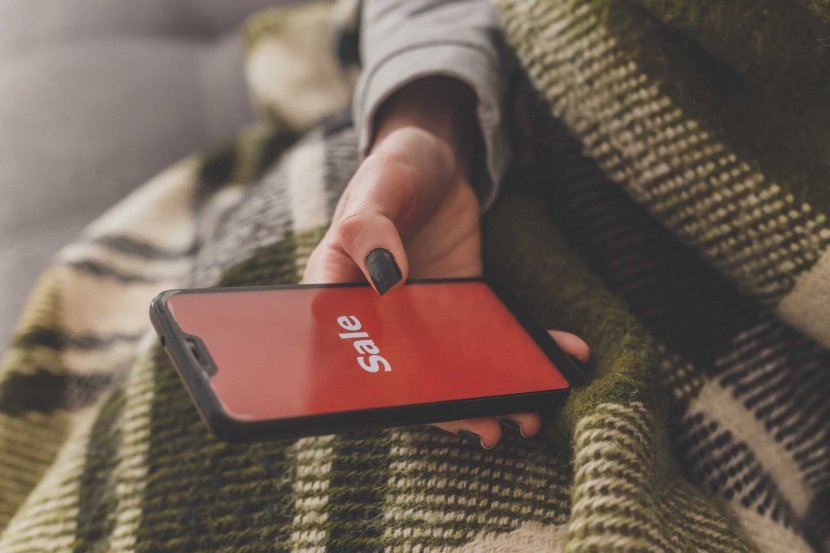
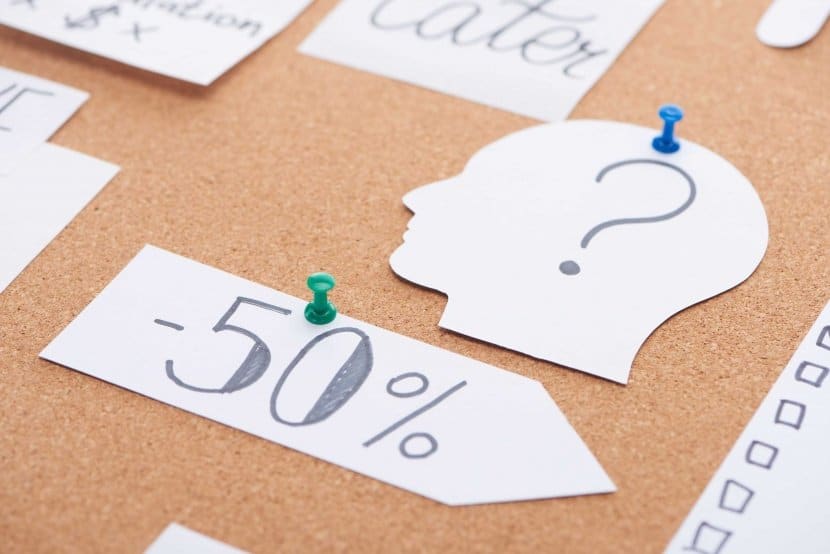
Buy something, get something free
Which offer is better: a 33 percent discount in price or a 50 percent increase in quantity? Trick question: It’s the same deal.
Not all consumers can do the math, but everyone understands the value of “free.” Consumers perceive free stuff to be more valuable than discounts, adding products or services can bring in new customers—who then stick around and buy more. For example, a dentist can offer a free teeth-whitening session with a patient’s first appointment. While losing a small amount of money on the whitening, the dentist gains a patient for years to come.
For retailers, a buy-something-get-something offer can also help them free up cash by selling unwanted inventory. And for sellers of products and services alike, the promotion can introduce customers to offerings they wouldn’t have otherwise purchased. The customer who got a free aromatherapy upgrade during her last massage ends up asking for it next time, too.
Coupon or discount with purchase
The offer of a coupon or gift card with a purchase is a deal for both you and your customer. While the customer gets a chance to save, you get another chance to make more money, as long as the discount still allows you a profit margin. Plus, there’s a good chance you won’t end up giving the discount, anyway.
Not sure whether to offer a discount based on pounds or a percentage? Consider the “Rule of 100”: If the item is over £100, a dollar amount sounds more appealing (£40 off a purchase of £200, as opposed to 20 percent off). If it costs less than £100, a percentage seems like a bigger deal.
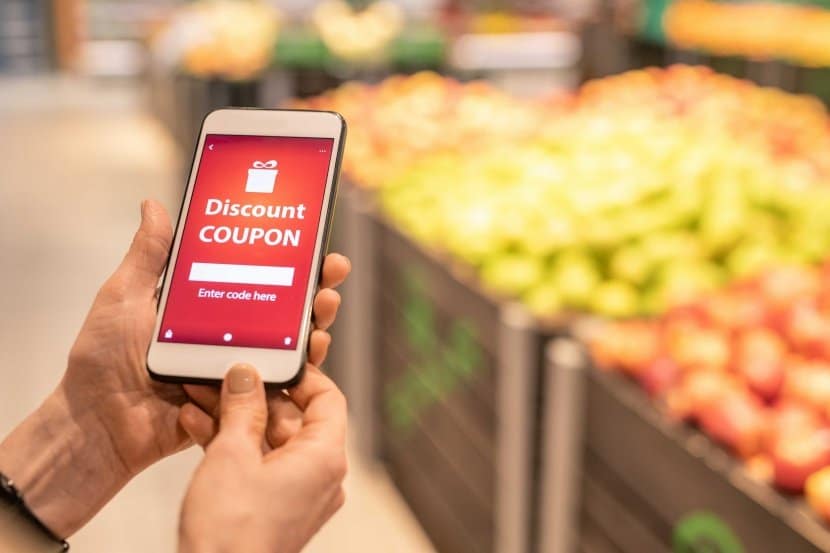
Recurring sale
Consumers react to promotions depending on how your business has offered them in the past. For example, Nordstrom fans have been conditioned to wait for the annual anniversary sales promotion and half-yearly sale.
Creating a recurring promotional event—like an anniversary sale, a seasonal sale, or a monthly offer on one item only—trains customers to act on a good deal when they see it. For businesses, recurring sales provide consistency, allowing you to prepare your marketing and fulfillment efforts accordingly and to accurately compare sales figures. Plus, sales remain the exception, not the rule.
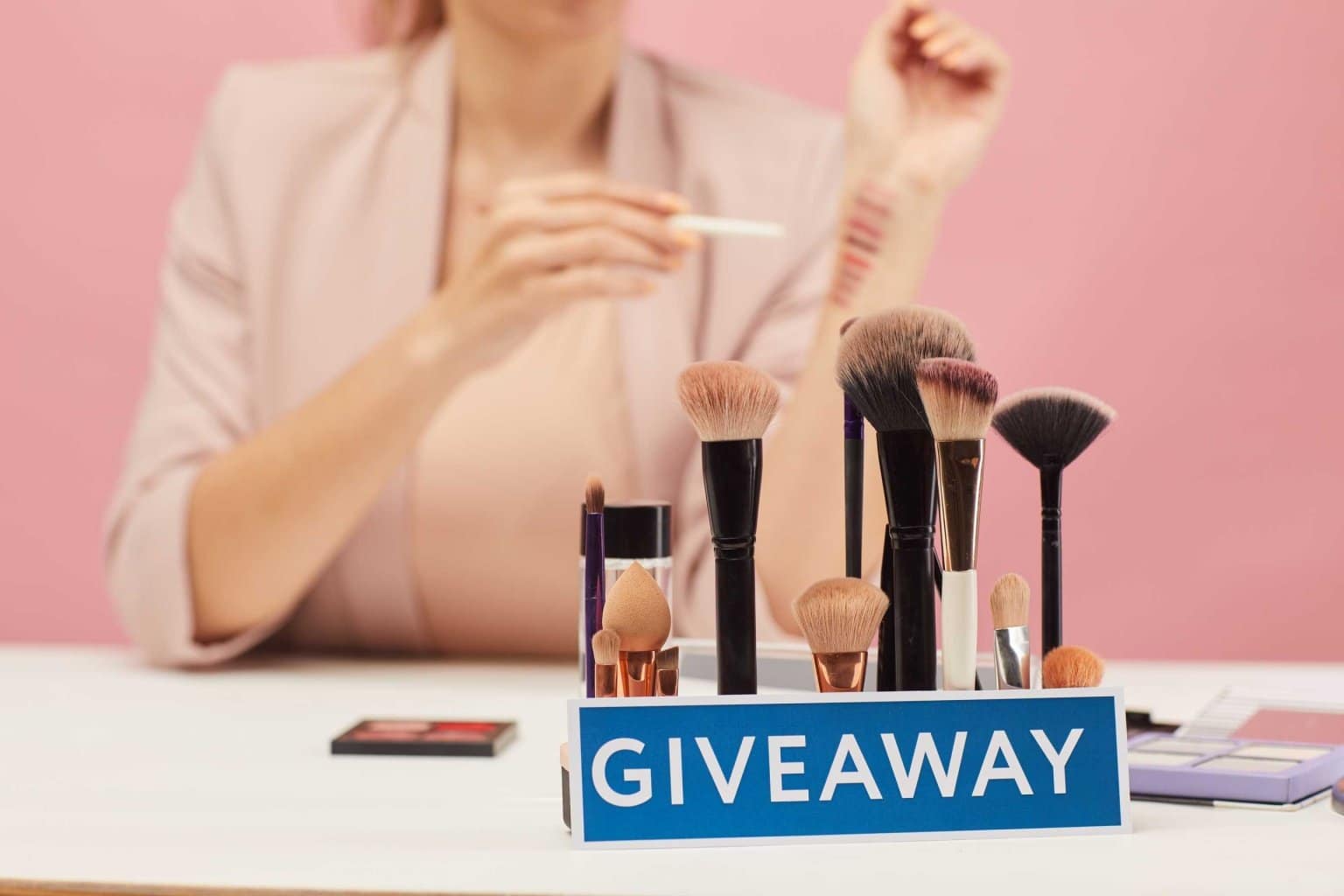
Other Recent Posts
Leaflet Distribution Trends to Watch in the Coming Year
Businesses must keep ahead of the curve and modify their strategies as necessary as the marketing landscape continues to change. Even the tried-and-true marketing strategy of leaflet distribution is susceptible to new developments and trends. We’ll look at some of the new leaflet distribution trends that businesses should be aware of in the upcoming year […]
10 Common Questions About Leaflet Distribution, Answered
Leaflet distribution is still one of the most efficient marketing tactics, particularly for local businesses looking to target certain demographics in their community. However, businesses frequently have questions regarding this strategy. In this blog article, we will answer ten frequently asked questions concerning leaflet distribution to assist you understand its effectiveness and possible impact on […]
The Importance of Including Door Drop Marketing in Your Marketing Budget
In the ever-changing world of marketing methods, door-drop marketing stands out as a dependable strategy. It is also known as leaflet distribution, leaflet delivery, or flyer distribution, and it is an important part of any business. Let’s look at why door drop marketing should be a priority in your marketing budget. Door-drop marketing allows […]
4 Common Mistakes to Avoid in Leaflet Distribution
Leaflet distribution can be a highly effective marketing approach if done right. However, there are a few typical mistakes that firms make that might jeopardise the success of their efforts. We’ll highlight four of the most prevalent mistakes and offer advice on how to prevent them for a more successful leaflet distribution campaign. Mistake […]





